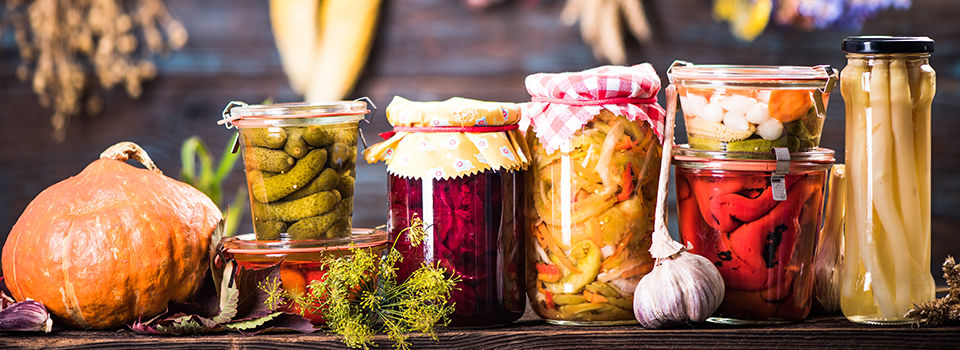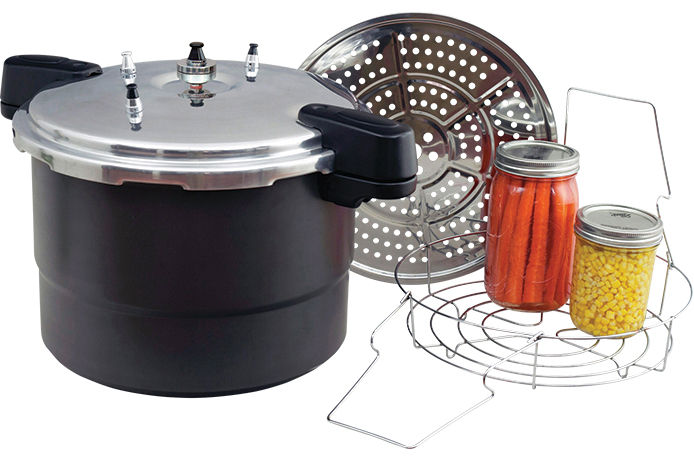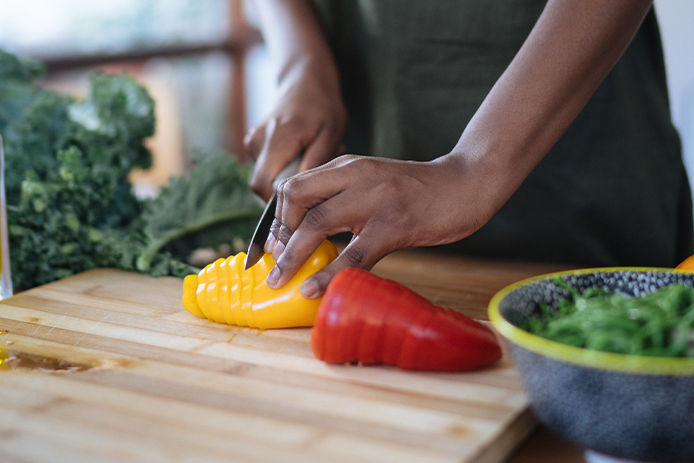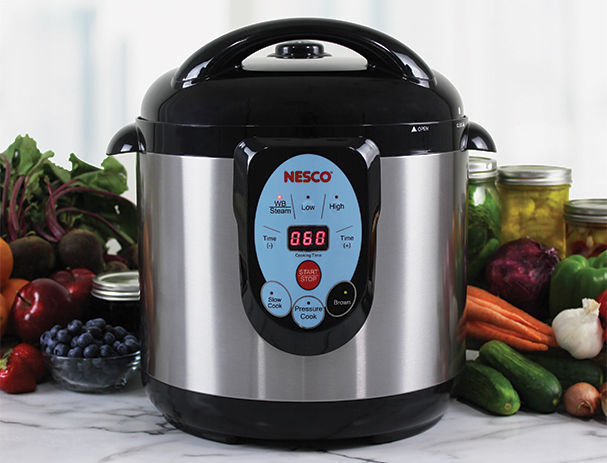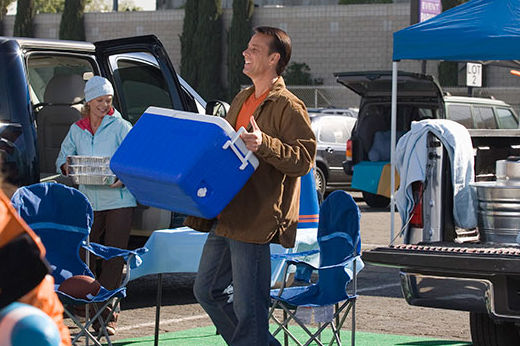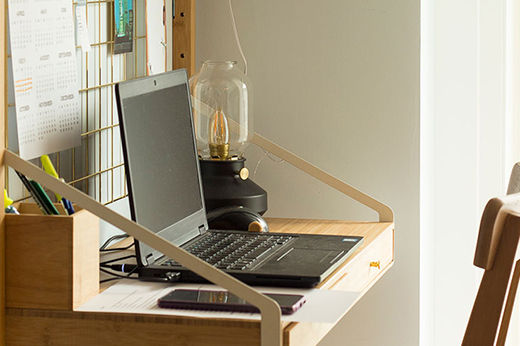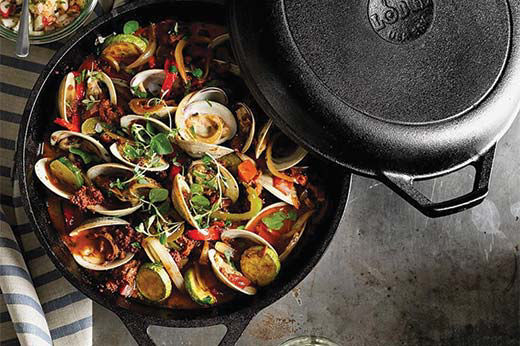- Prepare the vegetables for canning. Choose ripe, fresh, and blemish-free vegetables. Wash, peel, and seed the vegetables and then cut them into uniform pieces.
- Prepare the canning jars. It is important to sterilize your canning jars and lids with soap and hot water. Keep the jars hot until they are ready to be filled.
- Blanch vegetables. Combine all the vegetables in a large pot and boil for 5 minutes. Pack the clean jars with the vegetables and cooking liquid, leaving 1 inch of space at the top of the jars. As an optional addition, add 1 teaspoon of canning salt to each jar.
6. When finished, turn off the pressure canner and allow the pressure to go down and the jars to cool. Remove the jars from the canner and allow them to rest undisturbed for up to 12 hours. Label and store.
Vegetable Canning for Beginners
Summer vegetable canning isn’t so bad! So plant or gather your favorite vegetables and get canning to prolong the taste of the harvest.
